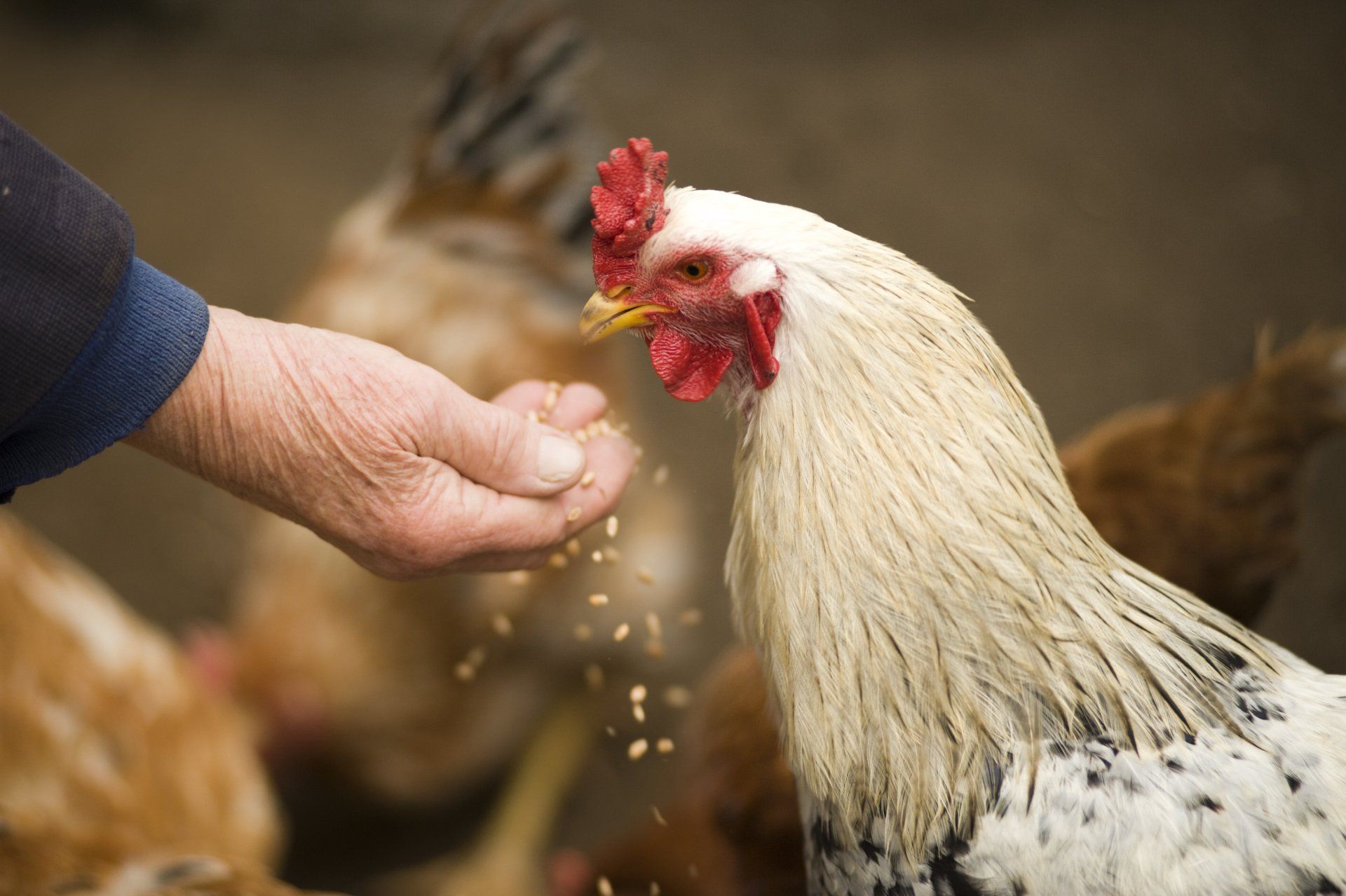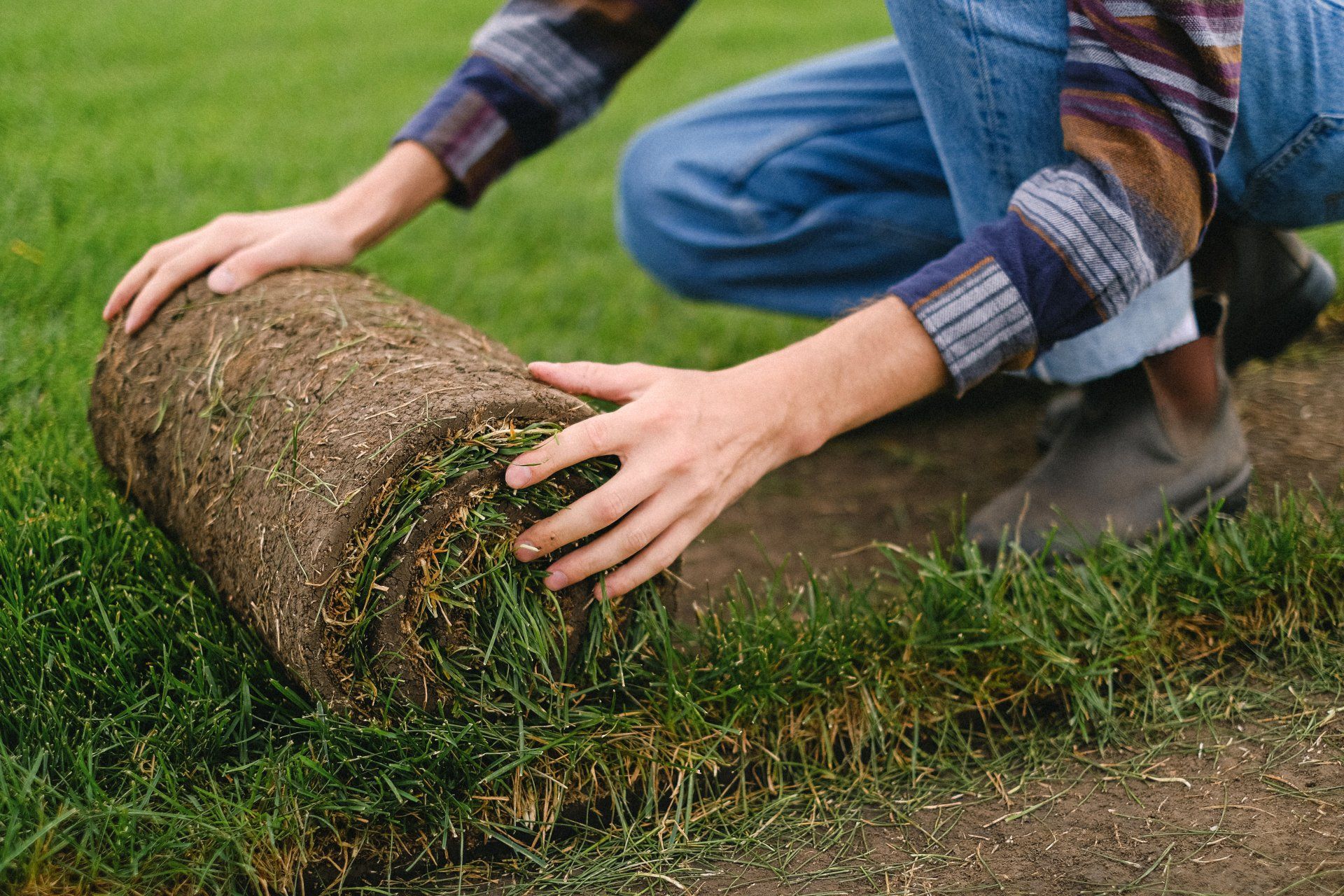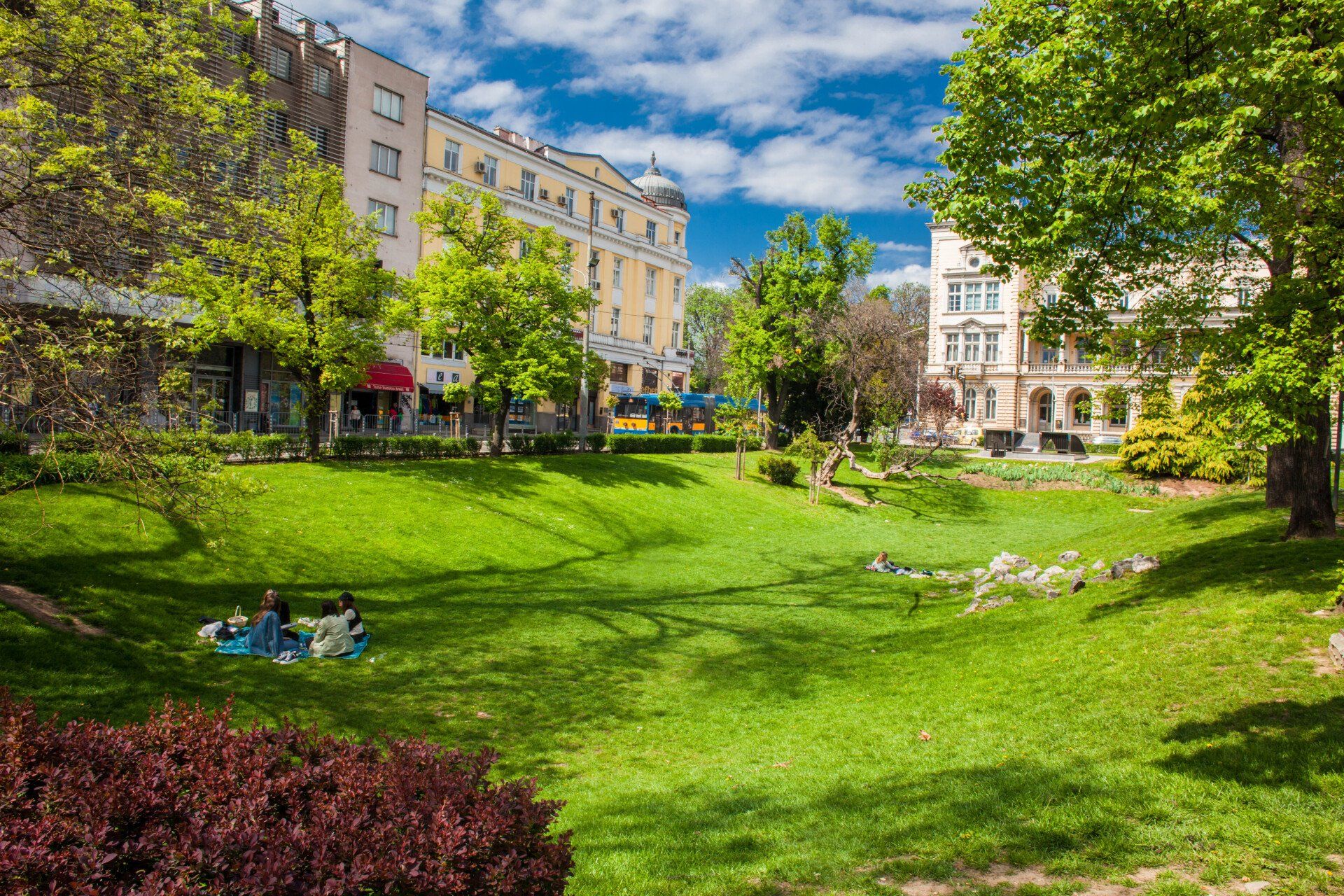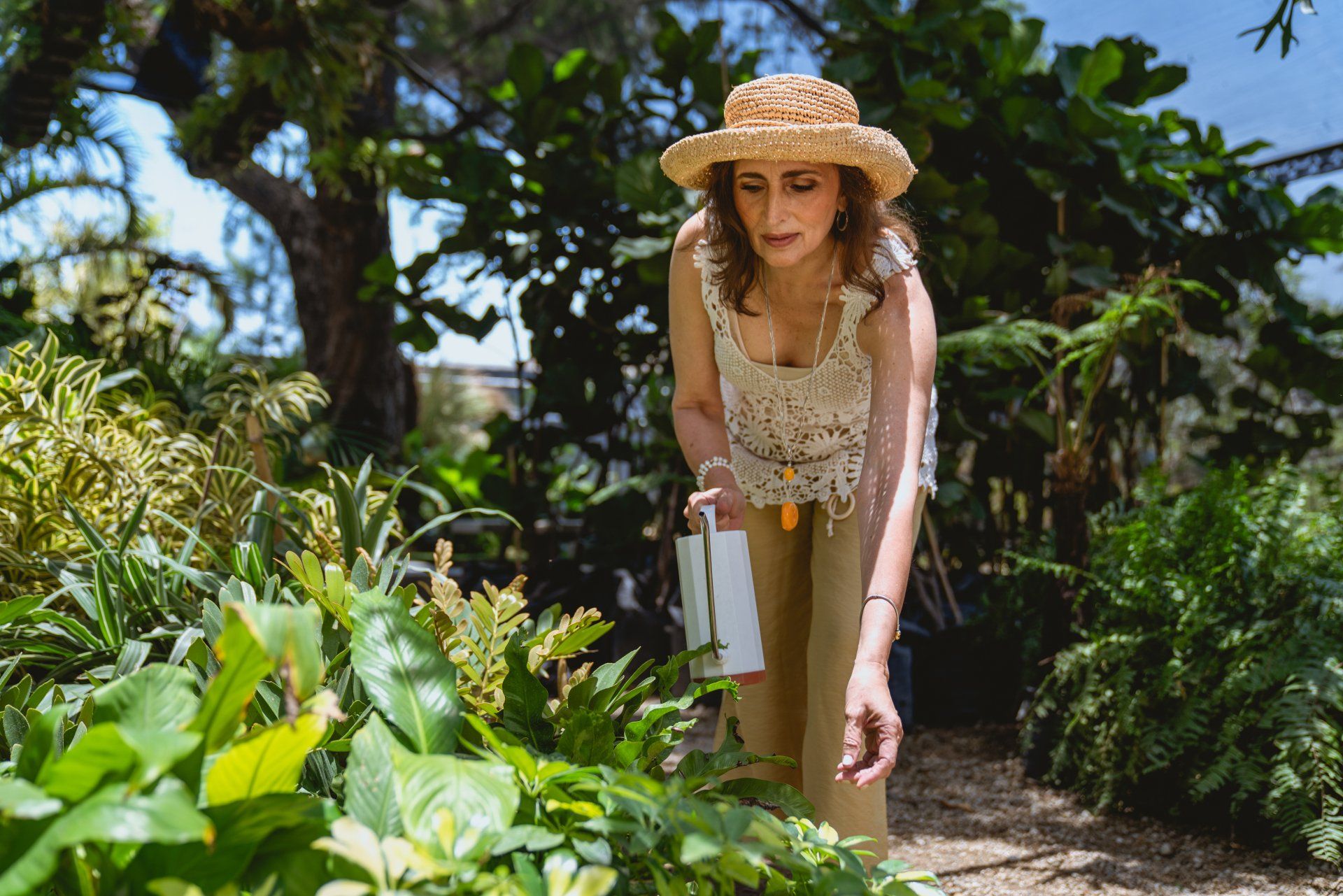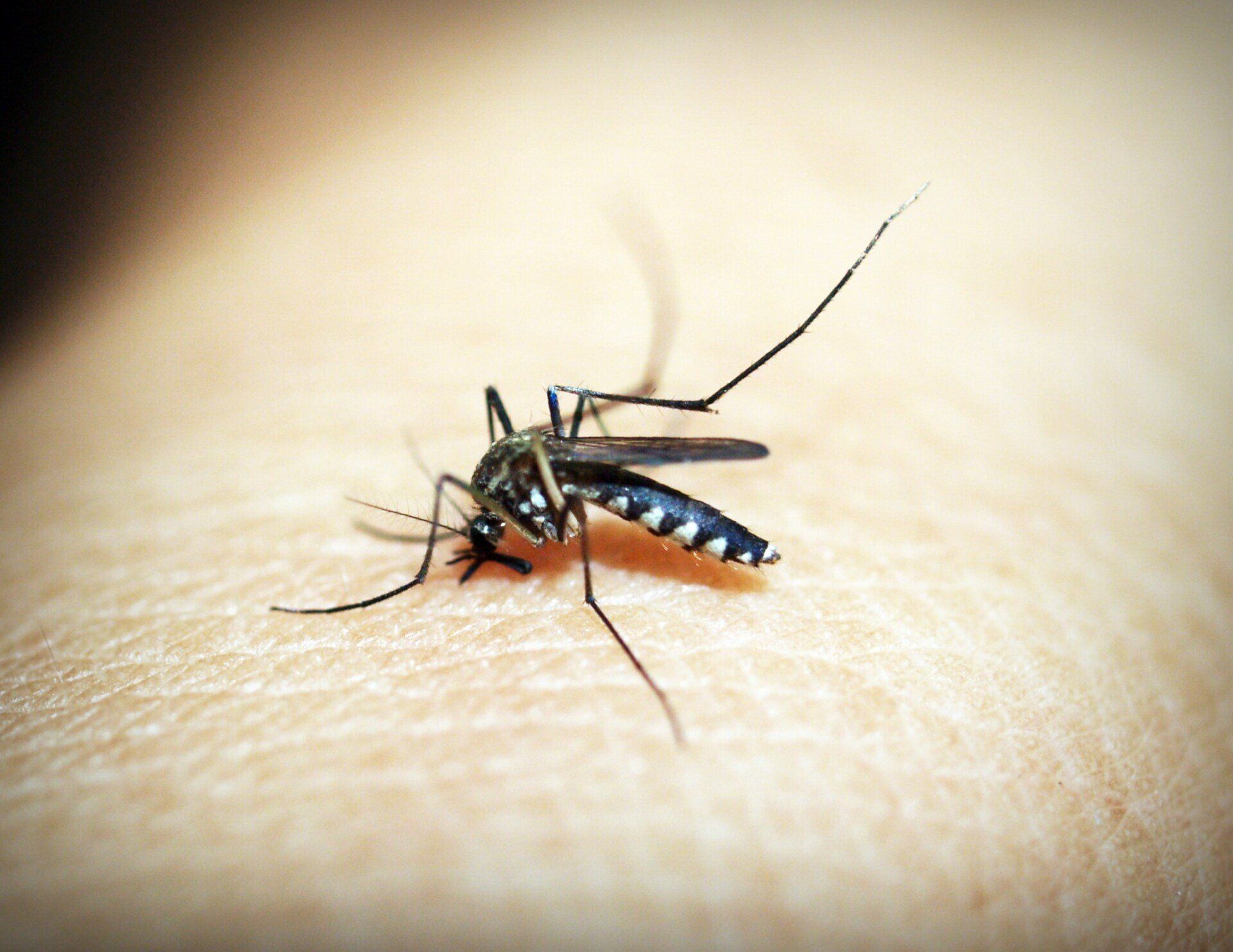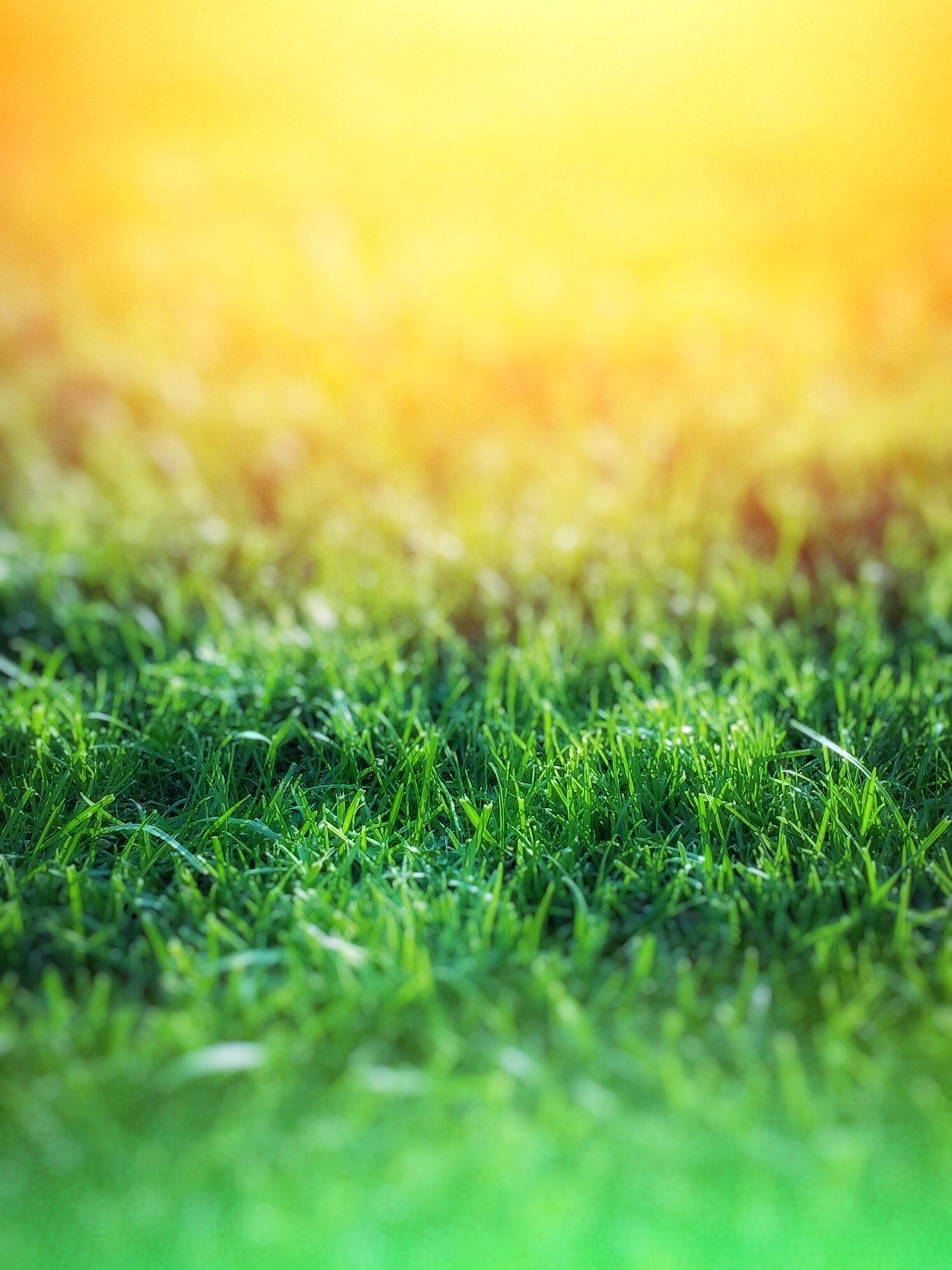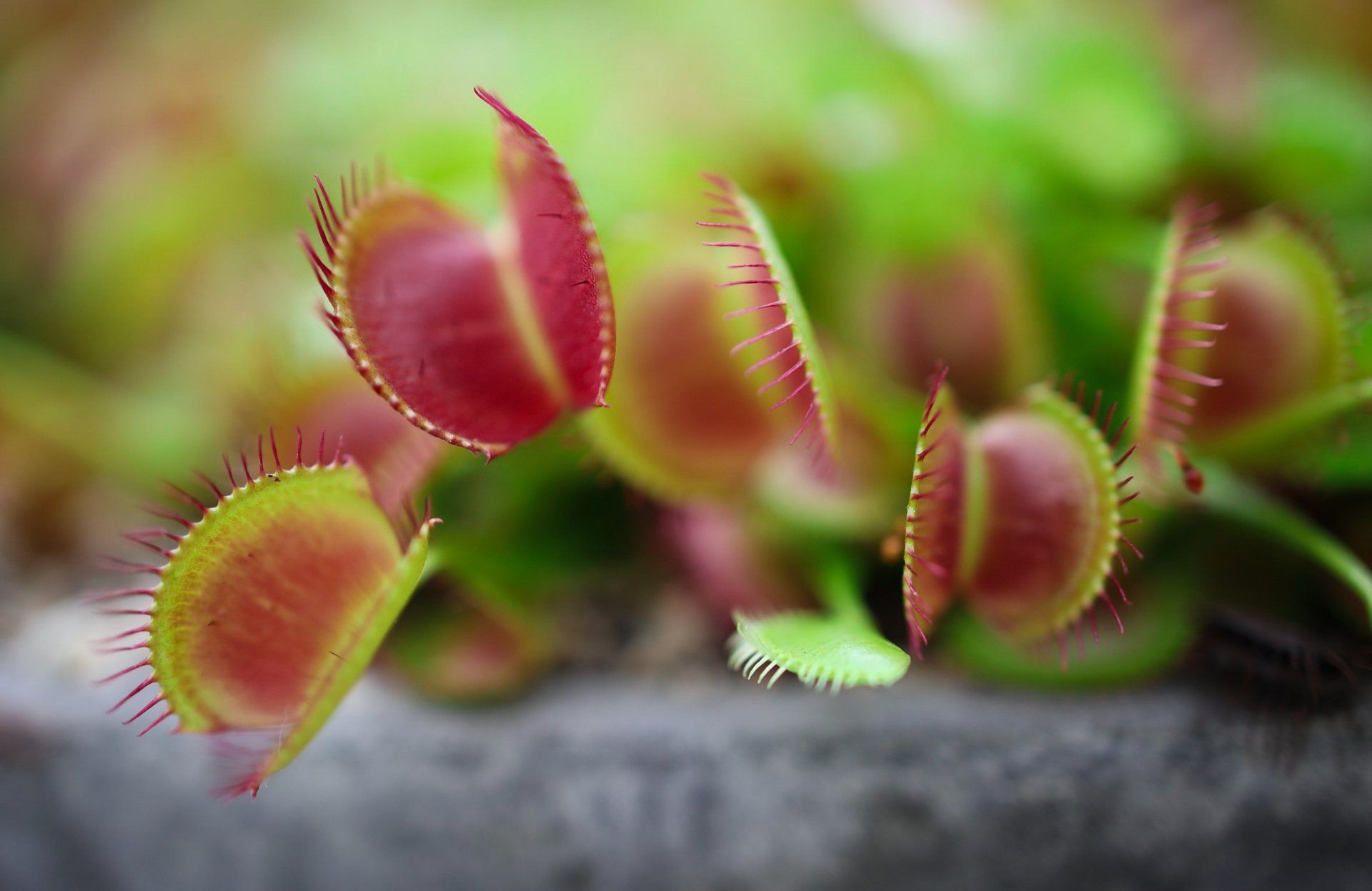Different Types of Lawn Grasses
Different Types of Lawn Grasses
The secret to an enviable green lawn lies in selecting the best lawn grass type to suit your particular environment and style of living. We're a group of experienced, knowledgeable landscaping experts who can assist you in deciding which kind of grass is the best one for your needs and provide services that will maintain your landscaping and lawn looking great all year long. Find out more about the various kinds of grasses for lawns that best fit your needs, regardless of whether you're beginning with a blank slate or willing to make a change for the better.
Location, Location, Location
Lawn grass is usually divided into two types which are cool-season and warm-season grasses. Determine if your residence is located situated in either the North, South, or the transition zone, and choose one that is suitable for the region you live in.
Warm Season Grasses
The warm season grasses show an active growth pattern during the months of April through October. They are both drought and heat resilient. In winter and colder temperatures, many species enter a phase of dormancy, during which they become brown and do not start to green back up until warmer temperatures come back. Popular examples include:
Bahia Grass
- Soil Type - Tolerates poor soil conditions
- Shade Tolerance - Some shade
- Foot traffic - Moderate to high
Bermuda Grass
- The soil type is tolerant of soil conditions that are poor.
- Shade Tolerance – Low
- Foot Traffic - Moderate to high
Buffalo Grass
- Soil Type - Well-drained soil required
- Shade tolerance - Low
- Foot traffic - High
Centipede Grass
- Prefers soils with a low pH
- Shade Tolerance - Low
- Foot Traffic - Low
St. Augustine Grass
- Soil Type - Well-drained soil required
- Shade Tolerance - High
- Foot Traffic - Moderate
Zoysia Grass
- Soil Type: Well-drained soil required
- Shade tolerance ranges from low to moderate
- Foot traffic" Very high
Cool Season Grasses
Cool season grasses are the best choice for areas that experience extreme seasonal variations in which summers are hot and dry while winter temperatures are below freezing. They flourish most strongly in the fall and spring in temperatures that range between 60 and 75 degrees. They can be dormant in times of extreme temperatures. Some of the most popular varieties are:
Annual Ryegrass (requires an annual plant)
- Soil Type - Well-maintained soil required
- Shade tolerance - Moderate
- Foot Traffic - ranging from moderate to high
Perennial Ryegrass
- Soil Type - Well-maintained soil required
- Shade tolerance Moderate
- Foot traffic - Moderate to high
Bentgrass
- Well-maintained soil is essential
- Shade Tolerance - Moderate
- Foot Traffic - High
Fine Fescue
- Soil Type - Can tolerate poor soil conditions
- Shade Tolerance - High
- Foot Traffic - Moderate to low
Kentucky Bluegrass
- Soil Type - Well-drained soil
- Shade Tolerance - Moderate
- Foot traffic - High
Tall Fescue
- Soil Type – tolerates bad soil conditions
- Shade Tolerance - Medium
- Foot Traffic - Medium-high
The Transition Zone
The overlap between the two main zones calls for grass that is able to withstand different climate types and withstand cold temperatures. Lawns can be seeded using a combination of cool and warm grasses to promote optimal growth all year round; however, the outcomes can vary according to the location, altitude, as well as quality of lawn care.
Ready to work with Landscaping BlissExperts Regina?
Let's connect! We’re here to help.
Send us a message and we’ll be in touch.
Or give us a call today at 306-900-4743
Landscaping Vancouver Quote
More Tips!
